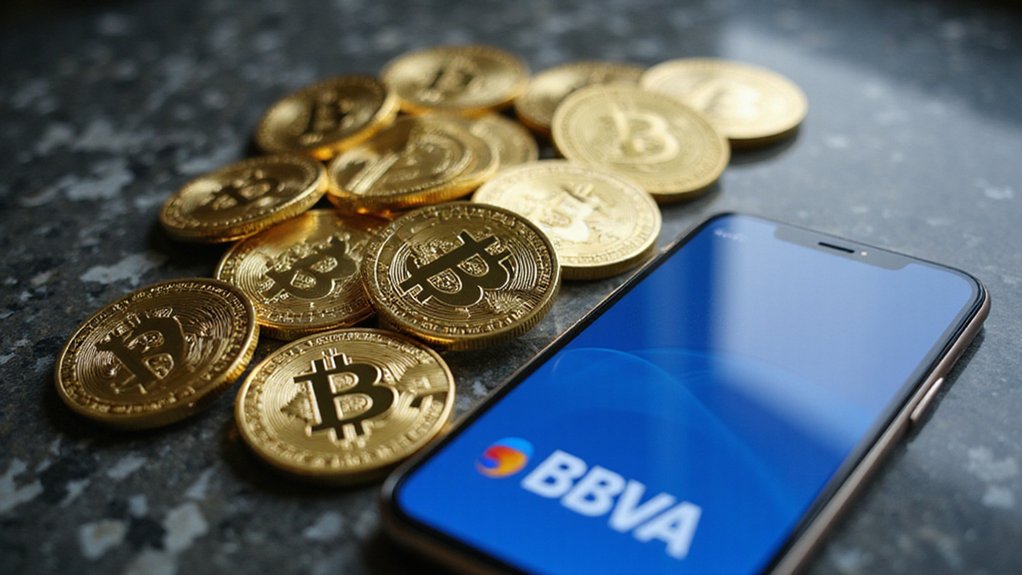Revolution, it seems, has arrived not with pitchforks but with APIs. The digital banking sector for startups has undergone a remarkable transformation, with the market ballooning from $10.9 trillion in 2023 to an anticipated $19.89 trillion by 2026—a growth trajectory that makes traditional banking‘s glacial pace look positively archaic.
The collapse of Silicon Valley Bank created an unexpected opportunity for nimble fintech operators to fill the vacuum left by traditional startup banking. Enter companies like Arc, which emerged from the ashes in 2021 with $181 million in backing from Piermont Bank, targeting the very demographic that SVB once served. The irony is palpable: where established institutions faltered, startups stepped in to serve startups.
The numbers tell a compelling story. With 1.75 billion registered digital banking accounts processing approximately $1.4 trillion annually (roughly $2.7 million per minute), the infrastructure clearly exists to support entrepreneurial ventures. More tellingly, 77% of consumers now prefer managing accounts via mobile apps or computers, with millennials leading the charge at 80% adoption rates—precisely the demographic most likely to launch startups.
Viably, established in 2016 and recently securing $71 million in funding, exemplifies how digital banks are tailoring services for small businesses and startups. These platforms leverage artificial intelligence for budgeting assistance and operational efficiency while integrating mobile payment systems that traditional banks still struggle to implement seamlessly. The landscape remains fragmented, with no breakout small business bank having emerged to consolidate the market despite significant venture capital investment.
The competitive landscape has intensified dramatically, with over 29,000 fintech startups globally vying for market share. Digital banking platform revenues are projected to reach $13.4 billion by 2026, creating substantial incentive for innovation. Biometric security and real-time transaction processing have become standard features, addressing the 42% of potential users who cite security concerns as barriers to adoption. Traditional banks responded by eliminating or reducing overdraft fees, with major institutions like Citibank, PNC Bank, and U.S. Bank leading this competitive adjustment.
What emerges is a fascinating paradox: the very disruption that eliminated a cornerstone of startup banking has accelerated the rise of more sophisticated, technology-driven alternatives. These digital banks, backed by tech titans and powered by AI, offer services that make traditional banking relationships seem quaint by comparison. The shift mirrors the broader maturing crypto ecosystem, where sustainable, strategic expansion driven by developer communities and technological sophistication is replacing hype-driven growth. The revolution, it appears, was inevitable—SVB’s collapse merely provided the catalyst.









